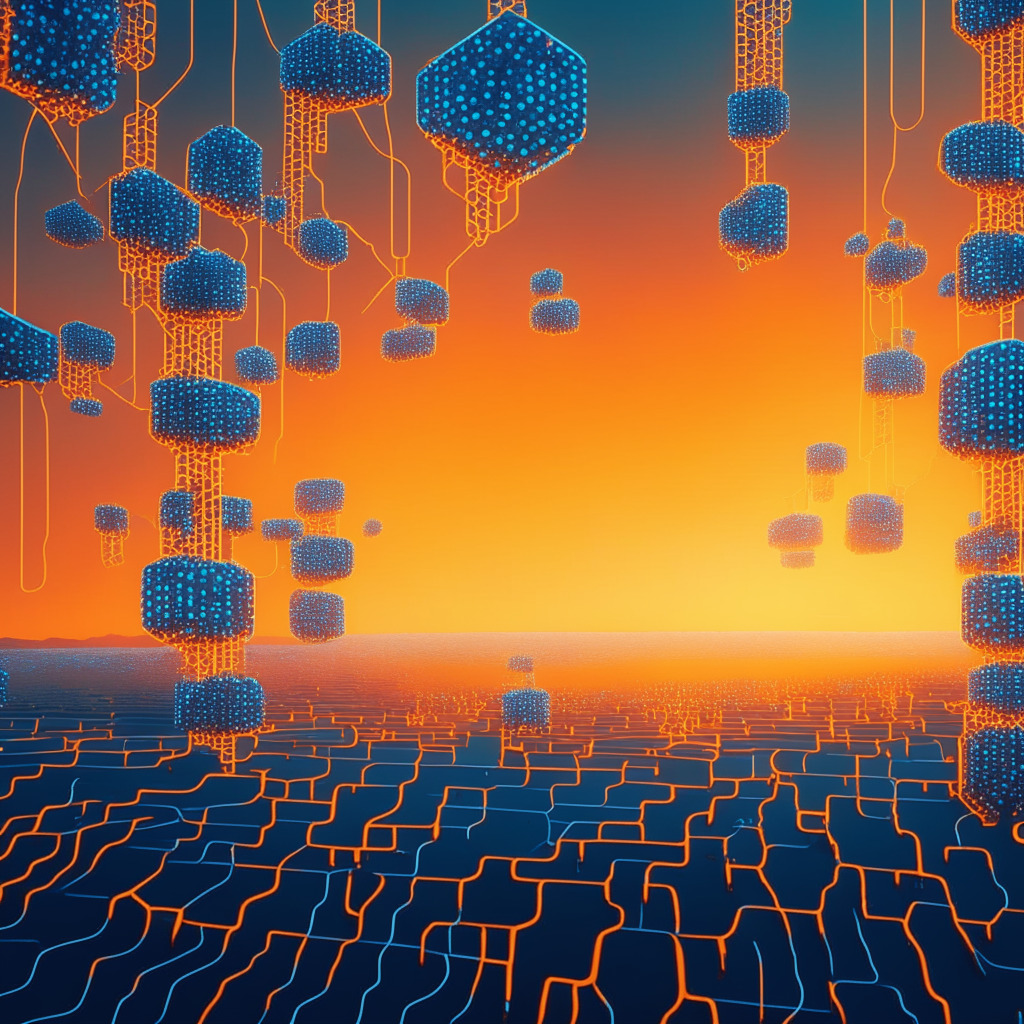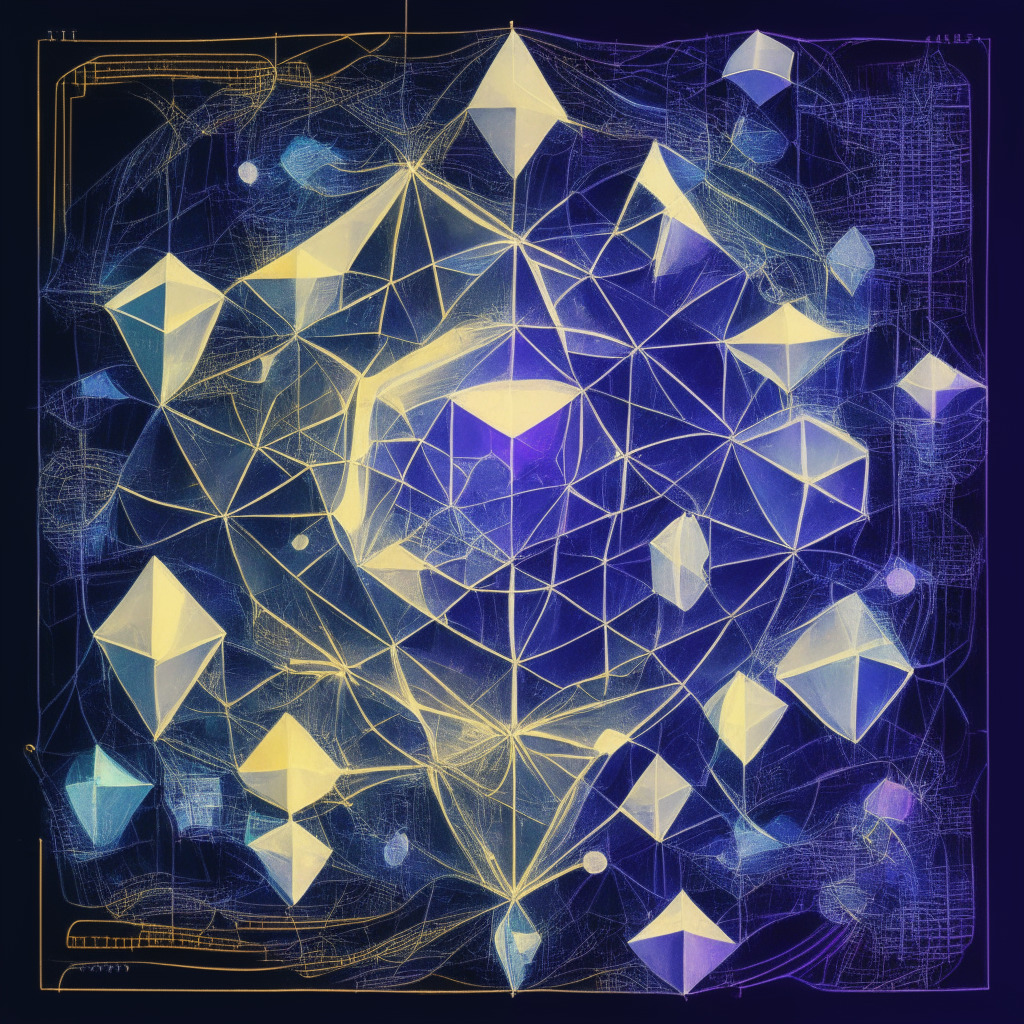In a subtle shift in the digital panorama, Hive Blockchain renounced its title as a “blockchain” entity, taking on a novel name – Hive Digital Technologies, symbolising its pursuit in the domain of artificial intelligence, a move that seemingly stirred the tech ecosystem. This strategic manoeuvre was born out of the daunting challenges coupled with the depressed prospects in the realm of crypto mining. The tech landscape has witnessed a series of rebranding pursuits, with the likes of Riot Blockchain morphing into Riot Platforms, and Applied Digital taking a bold leap to host AI cloud computing. Hive Digital, though it modified its label, remains rooted in its commitment to Bitcoin and crypto mining.
Adding a layer of intricate dynamism to this development, Aydin Kilic, the CEO of Hive Digital Technologies and Chairman Frank Holmes, propose an intriguing prospect of blockchain and AI acting in tandem to forge the underpinnings of Web3 development. Kilic envisions AI as a catalyst in enhancing the user interface of Web3 by making it adaptive. While the conventional Web2 variant led to an uncontrolled data harvest by tech giants compromising user privacy, blockchain injects an element of privacy and empowers users to own their data.
However, there arises a conundrum – in absence of metadata, it becomes challenging to customise web experiences. This is where Kilic believes AI, with its inherent adaptability and intuitiveness, swoops in as a game changer, working in unison with the blockchain. However, we must remain sceptical about the actual, broad-scale deployment of these combined technologies, with their role in Metaverses and DAOs yet to be fully unravelled.
Delving deeper into Hive Digital’s backstory, the entity emerged as the foremost publicly traded crypto mining establishment, kicking off its Bitcoin mining hub back in 2014. Despite being a veteran in the crypto mining landscape, Hive persisted in expanding its niche, investing in expensive chips that permitted dual processing, allowing simultaneous mining and high-performance computing.
Despite gravitating towards AI and focusing on dual functionality, the company hasn’t relinquished its engagement in Bitcoin and crypto mining. Kilic’s future plans involve harnessing their massive fleet of Nvidia GPUs not only for AI and HPC computing but also for proof of work mining of altcoins on a rotational basis, thereby optimising profitability.
In such delicate ecosystems, prudence is advised with maintaining a healthy balance of scepticism and optimism. The future may yet reveal unforeseen complications, or perhaps, surprising benefits, in the convergence of crypto and AI. Will these dual pillars of technology indeed co-exist to transform the digital world, or are we setting course for a precarious entwining of tech giants and decentralised systems?
Source: Cointelegraph




